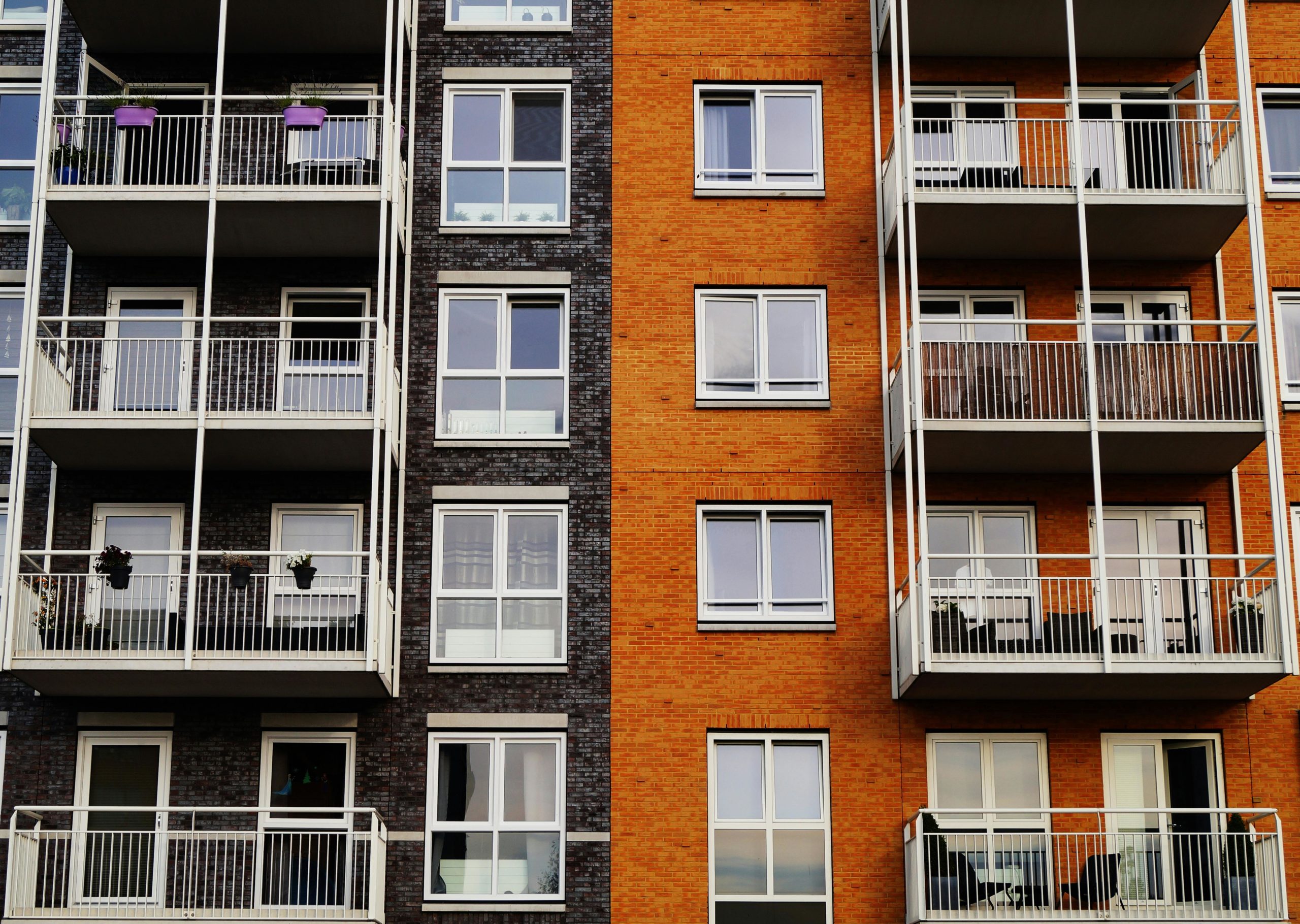Original article (in Slovenian) was published on 28/4/2024; Author: Lara Drugovič
Neither the National Housing Fund nor the Ministry for a Solidary-Based Future can provide exact data on the number of public housing units built between 2002 and 2023.
Minister for a Solidary-Based Future Simon Maljevac claimed on the TV show 24ur Zvečer on 26 March that construction of over 2,000 housing units would begin next year, far more than ever before in Slovenia’s history. “Since 2002, an average of just 200 units had been built per year,” he said.
Even before Maljevac’s statement, his party, the Left, had touted large-scale public housing projects. On March 11, it announced in a press release that the Housing Fund had “launched the most extensive construction of public rental housing in the country’s history.”
Six days later, the party’s leader, Culture Minister Asta Vrečko, repeated at a coalition summit that “about 200 public housing units had been built on average annually” over the past two decades, while over 2,000 new units are set to begin construction this year.
Similarly, a day before Maljevac’s television appearance Prime Minister Robert Golob promised “the biggest wave of investment in public housing in the country’s history” during a speech at the opening of a new residential complex in Novo Mesto.
When Razkrinkavanje.si requested figures on the average number of public housing units built from 2002 to 2023, the National Housing Fund initially replied that “it does not collect data on the construction of such housing”.
The fund can acquire housing units not only through new construction but also via renovation, purchase, or repurposing of non-residential buildings.
Regarding the construction plans, the fund referred to a 6 February statement it published on its website in response to questions by the newspaper Dnevnik. In one of the responses, it said it planned to acquire 1,534 public rental apartments between 2025 and 2029, with an additional 400 units projected in the longer term.
The Statistics Office told Razkrinkavanje.si it does not track the construction of public housing specifically, suggesting inquiries be directed to the Surveying and Mapping Authority or the Ministry for a Solidary-Based Future.
The Surveying and Mapping Authority clarified that while they maintain property records, they do not have the data to distinguish between public and private new builds.
They added that the Statistics Office collects general annual housing construction data, including on public housing, but does not clearly distinguish public units from others. The ministry’s annual housing sector reports were said to have in the past “contained some analyses on public housing construction”.
In response, the Ministry for a Solidary-Based Future confirmed it cannot provide exact numbers for public housing built between 2002 and 2023 since “this data was not collected systematically in previous decades”. The data they have “comes from National Housing Fund’s annual reports, which include some housing developments that the fund financed at the local level, and from a Court of Audits audit report.”
The Court of Audits found in a December 2022 audit report on the implementation of the national housing policy that from 2011 to 2021, the number of public rental units rose by 2,748, or about 270 per year.
However, the ministry noted that Court of Audit figures reflect the cumulative number of units, while “precise data for individual years is not available”. Before 2011, public housing construction was even slower, as the National Housing Fund had not been actively building new units, they stressed.
Non-profit housing predominantly new builds
Under the current Housing Act, the National Housing Fund is defined as “a public fund tasked with financing and implementing the national housing program, and promoting housing construction, renovation and maintenance of apartments and apartment blocks.”
It can invest in housing construction, approve residential loans and assist in the payment of such loans, provide financial incentives for residential loans, promote various forms of housing provision, and carry out public rental service.
In its annual reports for the last 21 years, the National Housing Fund differentiates between two types of public housing, nonprofits and commercial units, which are respectively rented at subsidized rates and market rates.
According to the annual reports, 277 nonprofit units were built in 2002, 2003 and 2009 combined. Additionally, 21 units were renovated in 2003. From 2002 to 2023, the fund acquired 1,865 nonprofit units, though neither the reports nor the fund’s answers to our inquiries clarify how they were acquired.
Following additional inquiries by Razkrinkavanje.si about how many of the acquired apartments were new builds, the fund said that most of the nonprofits were new builds, while “10 percent at most” of were reconstructions. All commercial units acquired between 2002 and 2023 were new builds, they added.
Annual reports show that 4,557 market-rate units were built between 2002 and 2023. Combining nonprofit and market-rate new builds, an average of about 230 units were built per year.
Maljevac’s claims that starting construction of over 2,000 public housing units marks an unprecedented peak, and that only 200 units were built annually over the past 21 years, are unfounded. Neither the National Housing Fund nor the ministry has accurate figures on the number of newly built public housing units over that period, and these assertions cannot be verified in the available data from the fund’s annual reports.



